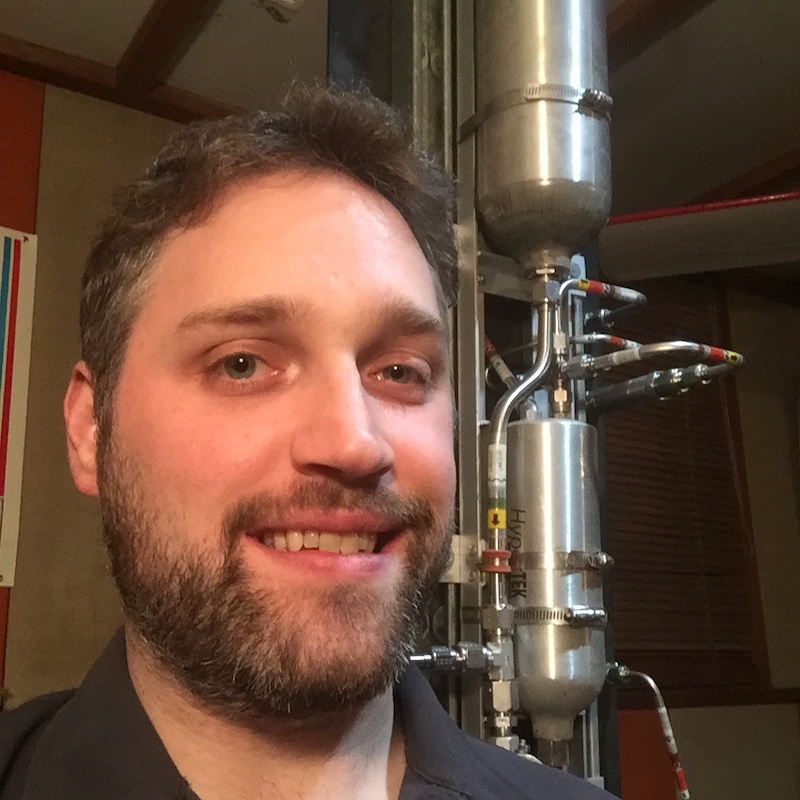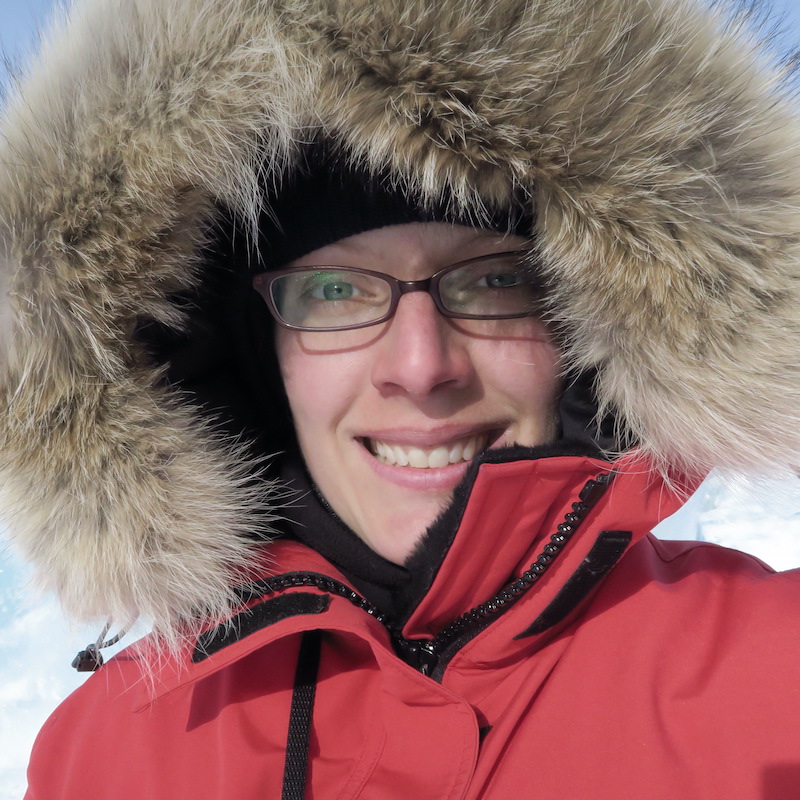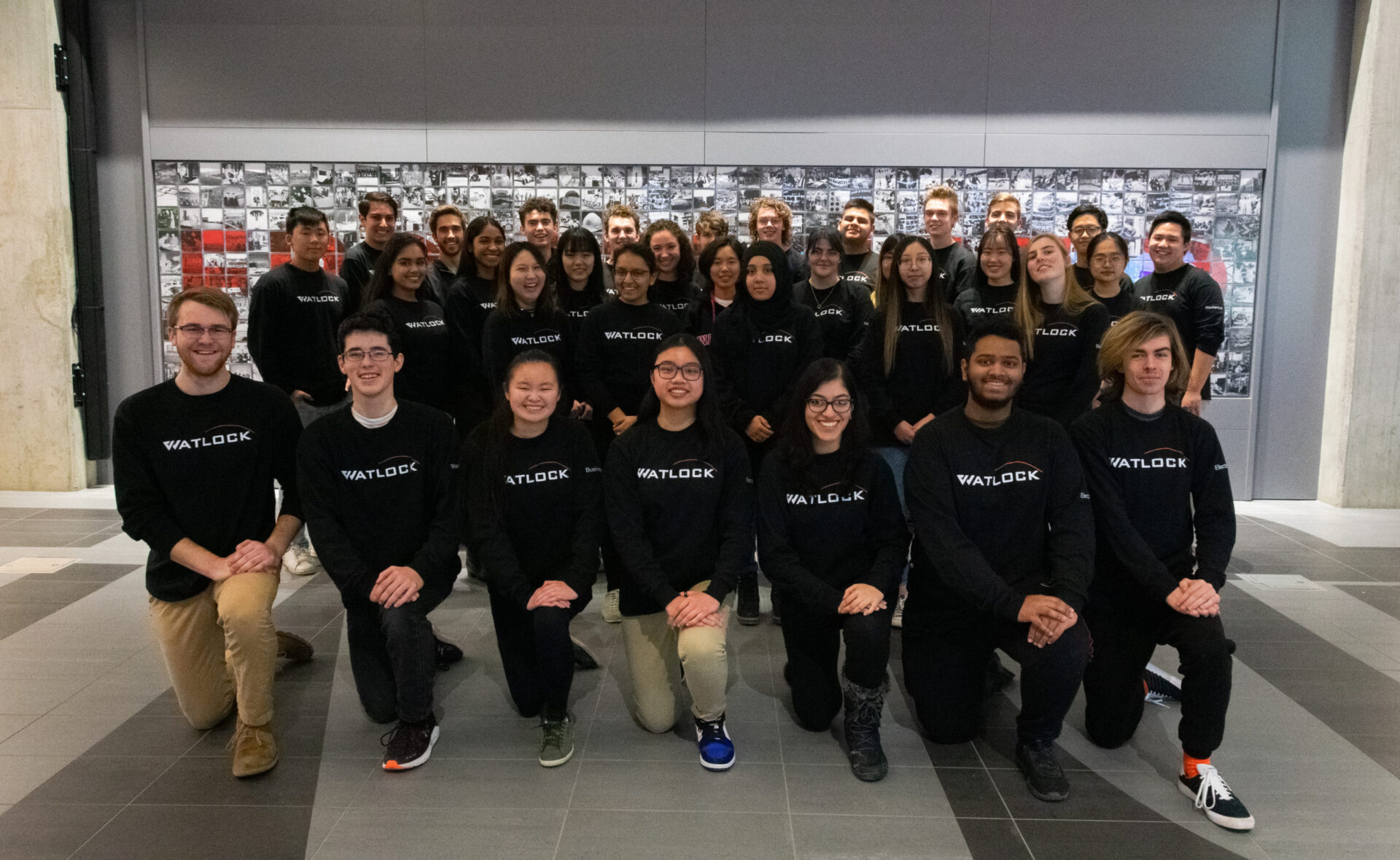The percentage of the cosmos explored is often juxtaposed against the percentage of another space unexplored: the ocean. It seems while we discover new ways to brave the cosmic frontier, attempts to fully explore the ocean have fallen to the wayside, as it appears nature resists all attempts to be fully known. Yet what does oceanography, marine biology, or diving technology have to do with space at all? The reason for this unlikely connection brings us to a weird, astounding, and sometimes terrifying world—of underwater bases, decompression sickness, liquid air—that seem to transcend the world of science fiction. This article will explore the origins of diving technology and the importance of deep sea exploration for analog environment astronaut training missions.
I The Wreck of The Royal George
On August 28th, 1782, a massive 200 tonne man-of-war ship, the Royal George, was being prepared to sail to Gibraltar. A massive warship with one hundred bronze guns, she was a force to be reckoned with; a naval Goliath that the British intended to vanquish those who challenged their authority in the Mediterranean. Yet a Goliathan fate awaited the ship, for on the morning of that summer day, moored in the calm waters of Spithead, the Royal George met an unfortunate, humiliating end. Work on the ship’s hull, necessary as it is to ensure the ship may sail at full speed and suffer no water leakage, required the crew to reposition the heavy guns to tip her to one side. Then came the untimely loading of supplies, creating a more extreme offset in the weight distribution. The danger was brought up by the carpenter, only to be ignored by Lieutenant Hollingbery.
By the time orders could be given up the chain of command, the ship had already tipped past her centre of gravity and toppled over. The incident claimed the lives of 900 crew members and passengers, many of them the wives and children of the sailors.
Not only was the loss of the Royal George a national embarrassment for Britain, but it also posed a very immediate risk to all other ships. Though only in 20 metres of water, the tall masts of the ship were still poking out of Spithead’s waters. Any ship heavier than a rowing boat was in danger of running aground on the man-made reef. Yet for one man, this tragedy posed a unique opportunity to test new technology.
Amateur engineer Charles Spalding made a name for himself for his improvements of Dr. Edmund Halley’s (of Halley comet fame) diving bell. Having used diving bells himself to salvage the wreckage of ships before, including a brigantine of his own investment, the Peggy, Spalding pitched the idea to salvage the wreckage of the Royal George to the Royal Navy. Not only would Spalding secure for himself professional regard for his diving bell, he would also receive one third of the value of recovered items—those bronze guns alone totalled 17,000 pounds!
The bell-like structure transports divers to and from the depths with a small pocket of air. Air pressure prevents water from entering the bell. Spalding’s improvements focused largely on the ease of the operator to raise and lower themselves in the bell and, through a series of ropes, to communicate with ground control. There were also ideas to replenish the bell by sending down barrels of air. Spalding received 400 pounds for what he recovered. He met his demise suffocating inside his own invention a year later, salvaging the Belgioioso. The bell’s simplistic nature did not resolve the effects the extreme environment had on divers.
Efforts continued to salvage and get rid of the wreck—except this time, the Navy decided to employ one of their own. Military engineer Major-General Charles Pasley was Europe’s leading demolitions expert, and in 1839, his expertise was employed to get rid of the wreckage for good. Instead of a diving bell, the divers of that year’s dive now made use of air-pumped diving helmets, introduced by the Deane brothers a decade earlier. A simplistic copper helmet with a flexible hose to pump air, and an escape pipe to breathe air out, was the cutting edge technology of their choice.
II. The Bends
The depths, however, would not yield the wreckage so easily. The newly designed diving apparatus was already showing signs of inadequacy: for one, there were no non-return valves. If the hose was to be severed near the surface, the ambient pressure around the diver’s head would rapidly decrease, creating a dangerous pressure difference between the helmet and the outside. The air supplied was simply air from the surface, with no consideration for how it might behave at depth. One of the first possible recorded instances of decompression sickness occurred during the salvage of the Royal George, when Royal Engineers private and diver Roderick Cameron had to be hauled to the surface after his air pipe burst. The report describes: “his face was considerably swollen, his neck more so…and large patches of extravasated blood separated the conjunctiva from the sclerotica of both eyes.” He also reported pain, giddiness, and light-headedness, but went on to have a full recovery.
The salvage of the wreck of the Royal George allowed for a revolutionary technology to prove its worth. Yet it also introduced the newfound world of deep diving to its greatest hurdle: the effects of pressure on the human body. The estimated depth at which one can dive without risking decompression sickness is 15 feet, or 4.5 metres. The limit for recreational diving is 40 metres, which is the equivalent of 4.9 atmospheres pressing down upon the diver.
The greatest effect of this pressure is exerted on gases in the human body. As a diver inhales the compressed air during a dive, the nitrogen in the air dissolves into the diver’s blood. Under normal conditions, nitrogen is present in blood as a by-product of regular metabolic functions, to be removed by the kidneys. During a dive, however, this nitrogen is dissolved in greater amounts and faster, with no chance for the renal system to catch up if the diver decides to ascend immediately. This rapid change in pressure causes the nitrogen to separate from the blood and form bubbles in the diver’s tissue. This manifests in severe bone and muscle pain, enough to make one double over (hence the name ‘the bends’).
Decompression sickness, or barotrauma, is a potentially fatal condition. Heightened blood pressure may cause the heart to recirculate non-oxygenated blood, or circulate an air bubble to cause another dangerous condition, air embolism. Fortunately, it is both preventable, and if timely, treatable using a hyperbaric chamber. However, it does impede on a diver’s abilities and limits. The standard procedure to prevent the bends is not to ascend so rapidly and give the body a chance to disperse the nitrogen. With deeper descents, there are longer wait times.
So, assume that with some state-of-the-art gear able to withstand the colossal pressure column, you descend to depths never previously attempted. An oil rig in the Baltic Sea can extend beyond 200 metres. You’ve got the right air mixture and an extra tank to last you for your dive, so you do not succumb to nitrogen narcosis. The Divers Institute of Technology estimates for every 30 metres, a day of decompression is needed, plus another 24 hours. Therefore, the time it would take for you to ascend from 200 metres would be 3 days! For a repair job or scientific mission that might take weeks—that is a lot of lost time.
The analogy to space travel is then clearer to see. Prolonged radiation exposure, muscle and bone deterioration under microgravity, adjustment of the inner ear to weightless and directionless environment, all limit the time of travel.
However, if one might be able to stay at such depths for prolonged periods, without needing to resurface, this problem could be overcome.
III. Hydra 8
The world of diving would forever be changed with a series of diving operations carried out by Compagnie Maritime d’Expertises (COMEX). COMEX established a new state-of-the-art breathing mixture by introducing hydrogen and helium (Heliox) into the tank. They also specialized in hyperbaric testing facilities, which would be crucial to make saturation diving an indispensable part of conducting deep sea operations. Heliox is advantageous for this venture as the mixture of helium and oxygen makes breathing easier, generating less resistance as it passes through the respiratory system. Unlike nitrogen, there are no anesthetic or narcotic qualities at high pressure, so helium narcosis cannot occur.
While nothing can be done with the time required to decompress once a certain depth is reached, the time spent at the depth is invariable, so a diver reaching 200 metres could stay at 200 metres for extended periods of time and still need the same three days to decompress. Saturation diving (SAT) uses this principle and selected gases to attain a full saturation of the body at a given pressure to prolong the stay almost indefinitely.
This was put to the test and successfully executed at the culmination of the Hydra 8 mission. In February of 1988, six dives at a depth of 536 metres or 1,752 feet were successfully executed by four COMEX divers and two Marine nationale divers. After eight days of compression inside a hyperbaric chamber to the maximum bottom pressure of 53 atmospheres, 28 hours of work were achieved without breaks for decompression. During Hydra 8, the divers were constantly monitored, performing a series of physiological tests. Their breathing gas was monitored with real-time mass spectrometer measurements. The final composition was 49% hydrogen, 50% helium, and 1% oxygen, as three divers began to exhibit hyperbaric tremors during the compression stages. After 18 days of decompression, the divers returned, having set an open water dive record like never before.
COMEX’s Hydra missions were indeed the success needed to demonstrate the viability of SAT diving, with immediate applications being of the oil rig repair and military variety. Yet the numerous hazards of the job and the alienation was quickly assessed as the best analog for space missions. Many of the same pressing problems faced by divers challenge astronauts. These include the cramped quarters of the underwater habitat, the need for a self-sustaining and minimal maintenance facility that could reliably host a crew for extended periods of time, the difficulties of access to medical help, crisis control, and communication challenges with central command. Crisis control in particular was of the essence, and there is no understating the dangers of saturation diving. Faulty engineering or error in procedure could result in horrific results such as the Byford Dolphin incident, which was an explosive decompression that claimed the lives of five workers and badly injured the sixth.
Working as a SAT diver is no entry-level job. Salvage and rescue divers and commercial divers with thousands of hours clocked in dives could not always make the mark, and most SAT divers do not have particularly long careers due to the stress and dangers presented. The potential of utilizing this dangerous procedure and embarking on prolonged stays in a hostile environment did, however, come to the attention of NASA.
IV. NEEMO
Analog missions play a substantial part in NASA’s operations and spaceflight research. Finding a natural environment that would pose similar problems without the expenses of an actual spaceflight is difficult. Testing facilities like the neutral buoyancy laboratory are a good alternative, but still it is a controlled environment with engineers, technicians, and medical staff always on hand.
An analog SAT dive mission would cover a number of hazards and give astronauts training they can get nowhere else. For one, the sensation of weightlessness makes diving the best training for astronauts. SAT diving and residence in an underwater facility would also force trainees to grapple with remote communication, living in cramped quarters, isolation, and a hostile environment.
In 1986, the Aquarius Reef Base was established off Key Largo in the Florida Keys. The underwater habitat became the base for the NASA Extreme Environment Mission Operations, NEEMO. Since 2001, NASA conducted 18 NEEMO missions to train international astronauts on a variety of analog mission objectives. These missions featured many Canadian astronauts, including Chris Hadfield, commander of the NEEMO 14 mission, David Saint-Jacques during the NEEMO 15 mission, Jeremy Hansen in both NEEMO 15 and 19, and many more in the facility and on the ground.
The CSA describes the NEEMO missions as an analog for multiple distinct environments; the Aquarius facility is a “remarkably similar environment to that of the International Space Station.” The seafloor is an analog to the low gravity of a Martian environment or the surface of an asteroid. The environment is perfect for simulating spacewalks, executing remote scientific objectives and sample collection, dealing with telecommunication delays, and preparation for work and life in a hostile environment with a crew. SAT diving allows the aquanauts to remain in the Aquarius habitat and work outside of it at seabed level for the duration of the mission, which typically last between 1-2 weeks.
Saturation diving has revolutionized the world of commercial diving and scientific research at such depths, and continues to be as useful as it is dangerous. And yet, danger has never stopped humanity from devising techniques and engineering solutions that lets us step there where nothing delves, where all is darkness and help is far, and we are forced to face the indifference of nature to our ambitions.
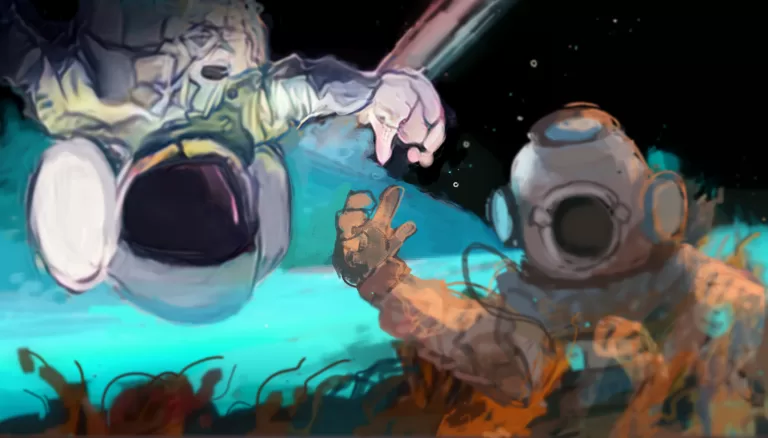







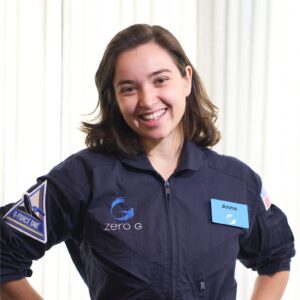





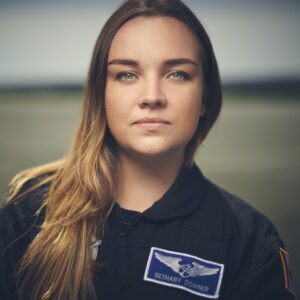
















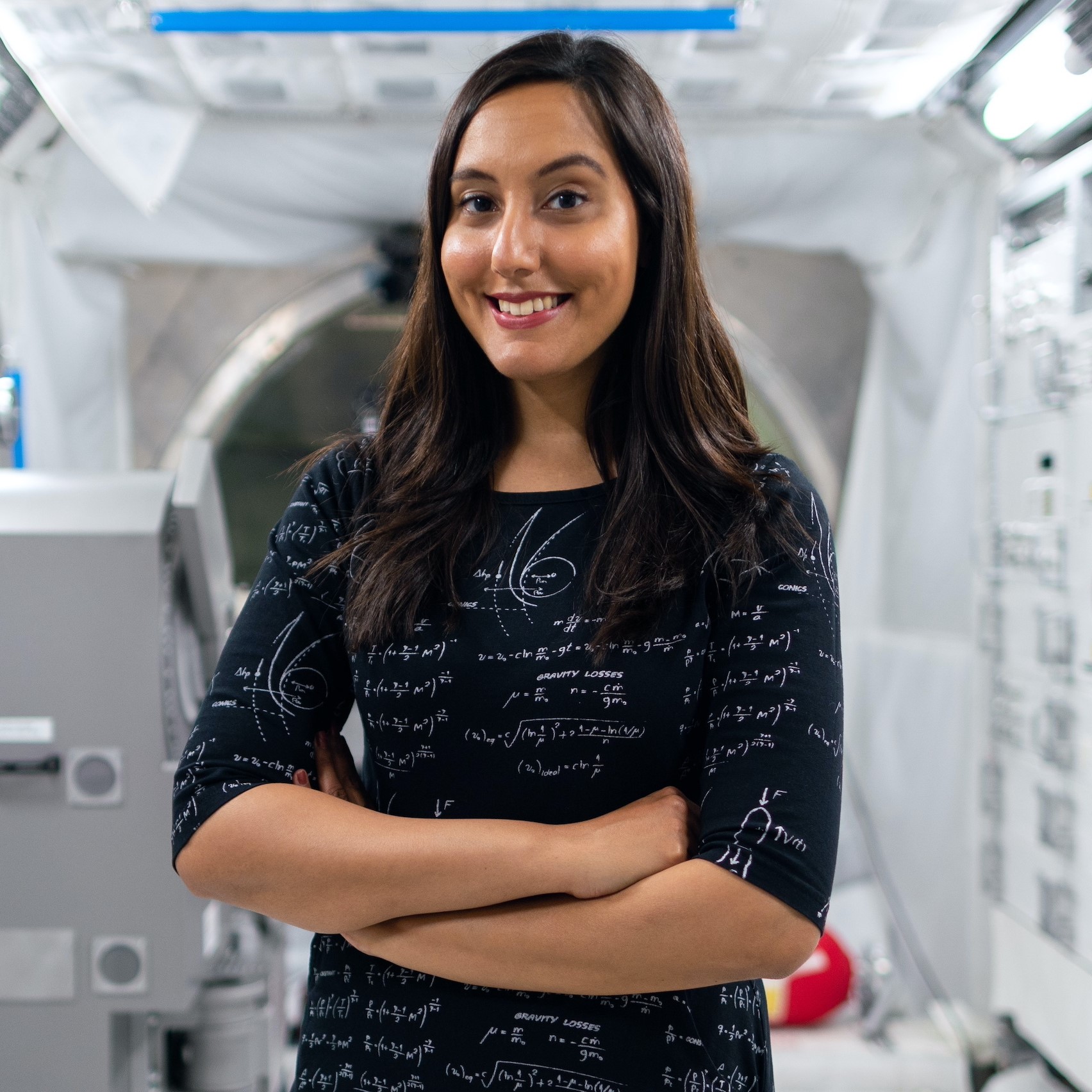








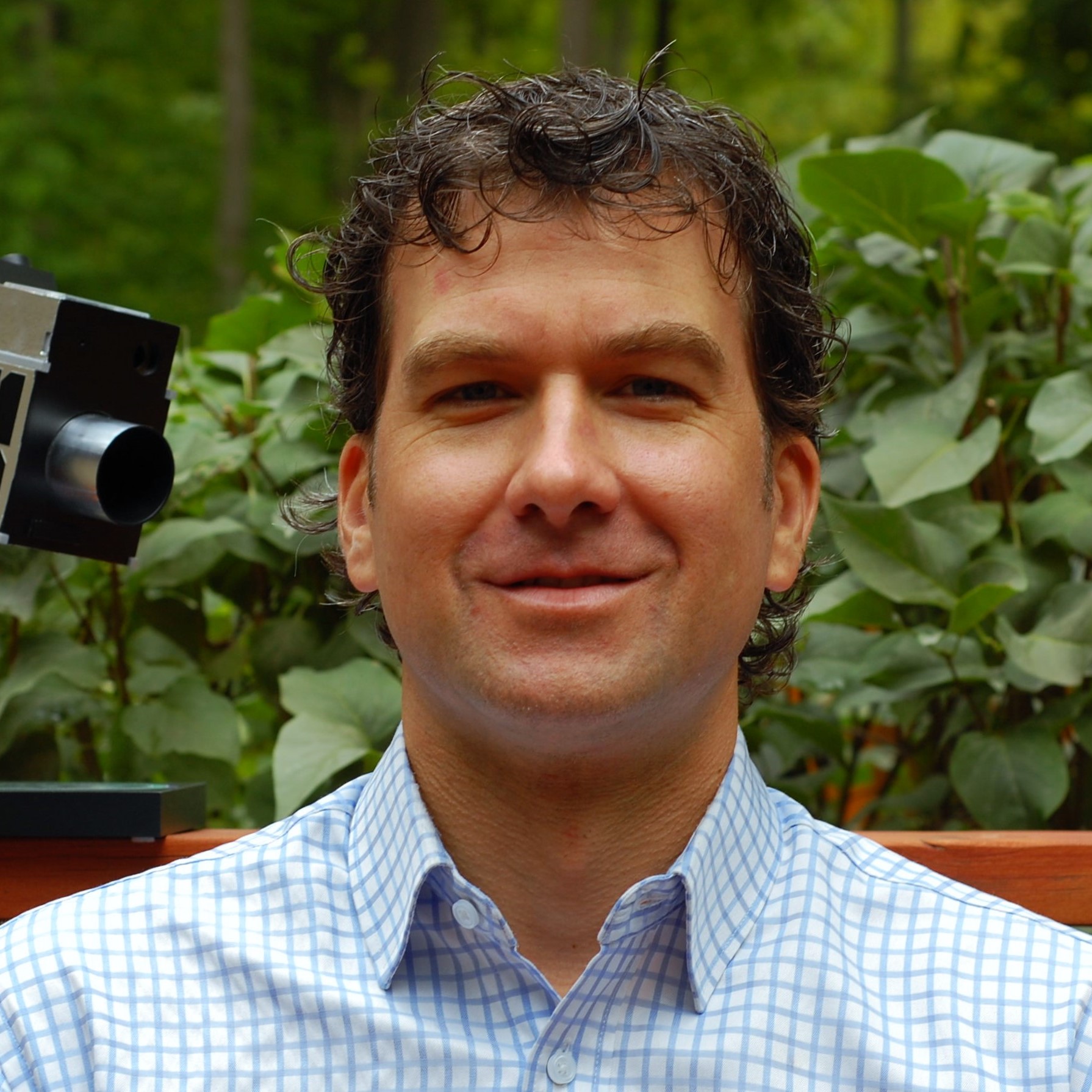




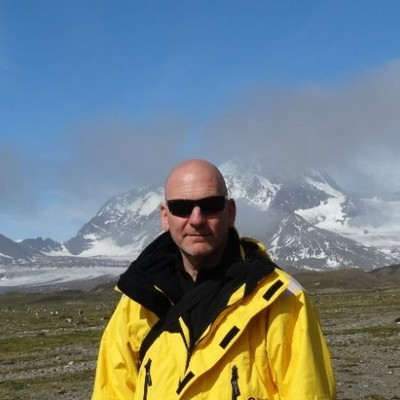






 Associate Professor
Associate Professor



















